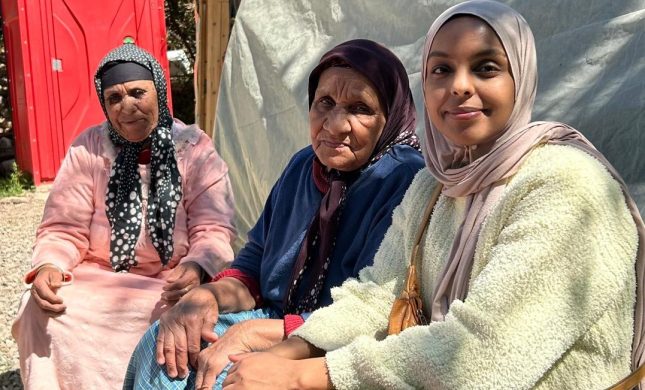Sharp decline forecast for world cereal stocks – Food emergencies continue to plague many countries
Rome, 19 July: World cereal stocks are expected to decline sharply in 2006, due to a slight decrease in global cereal output and significant growth in utilization, according to the latest forecast of the UN Food and Agriculture Organization (FAO).
International prices of most cereals remained firm or rose further in recent months, supported by strong demand and tighter supply prospects, FAO said in its latest Crop Prospects and Food Situation report.
Increased demand is expected to be driven by a recovery in feed use due to a rebound in poultry consumption. In addition, the growing demand for ethanol is likely to boost industrial use of coarse grains, particularly maize, the report said.
While down about one percent from 2005 levels, world cereal output for 2006, forecast at 2.020 million tonnes, would still be the third highest on record and above the five-year average, the report said.
Many countries are experiencing severe food difficulties and require external assistance, however, despite what the report called a “generally satisfactory global food outlook.”
Africa
Despite improved rains in eastern Africa, emergency food assistance continues to be needed in pastoral areas of the Horn that were severely affected by drought in 2005. In KENYA, prospects for the current main cereal crop are favourable, but in SOMALIA, the outlook is poor and output is expected to be reduced for the third consecutive year.
In southern Africa, much improved coarse grain harvests were gathered in most countries affected by drought last year, and total import requirements will be sharply reduced. However, output dropped sharply in SOUTH AFRICA, reflecting a large reduction in plantings, and in Angola due to drought in major producing areas.
In ZIMBABWE, despite a significant recovery from last year, maize production remains well below requirements. In addition, continuing hyperinflation has left millions of vulnerable people without access to food.
In the eastern part of the Sahel, seasonal rains are late and spotty. The situation in NIGER warrants very close monitoring, according to FAO, as food reserves are exhausted in the majority of households and consumption has been sharply reduced.
Asia
In Asia, bumper wheat crops were gathered in many countries. Early prospects for the main coarse grain and rice crops are generally favourable, following the timely arrival of the monsoon in the main producing areas. The Democratic Peoples Republic of Korea (NORTH KOREA), however, is still facing a large cereal deficit and chronic food insecurity is likely to remain widespread, the report said.
Near East
The outlook for winter cereal crops being harvested is generally favourable throughout the Near East. In IRAQ, the overall food security situation continues to be adversely affected by conflict and security problems.
In AFGHANISTAN, despite reduced precipitation this year, particularly in the areas south and west of the Hindukush mountains, the cereal harvest, estimated at just over 5,2 million tonnes, is above average. However, vulnerable households will still require food aid over the coming year.
Another active hurricane season
In Central America and the Caribbean, the 2006 Atlantic hurricane season is under way and early forecasts indicate that it will be another active one.
The region is still reeling from (vånder sig under) last years hurricane season, the most active in history, causing nearly 2.300 deaths and a record total estimated damage of about 100 billion US dollar (600 millliarder DKR). Agriculture in affected areas was particularly hard hit.
Kilde: www.fao.org















